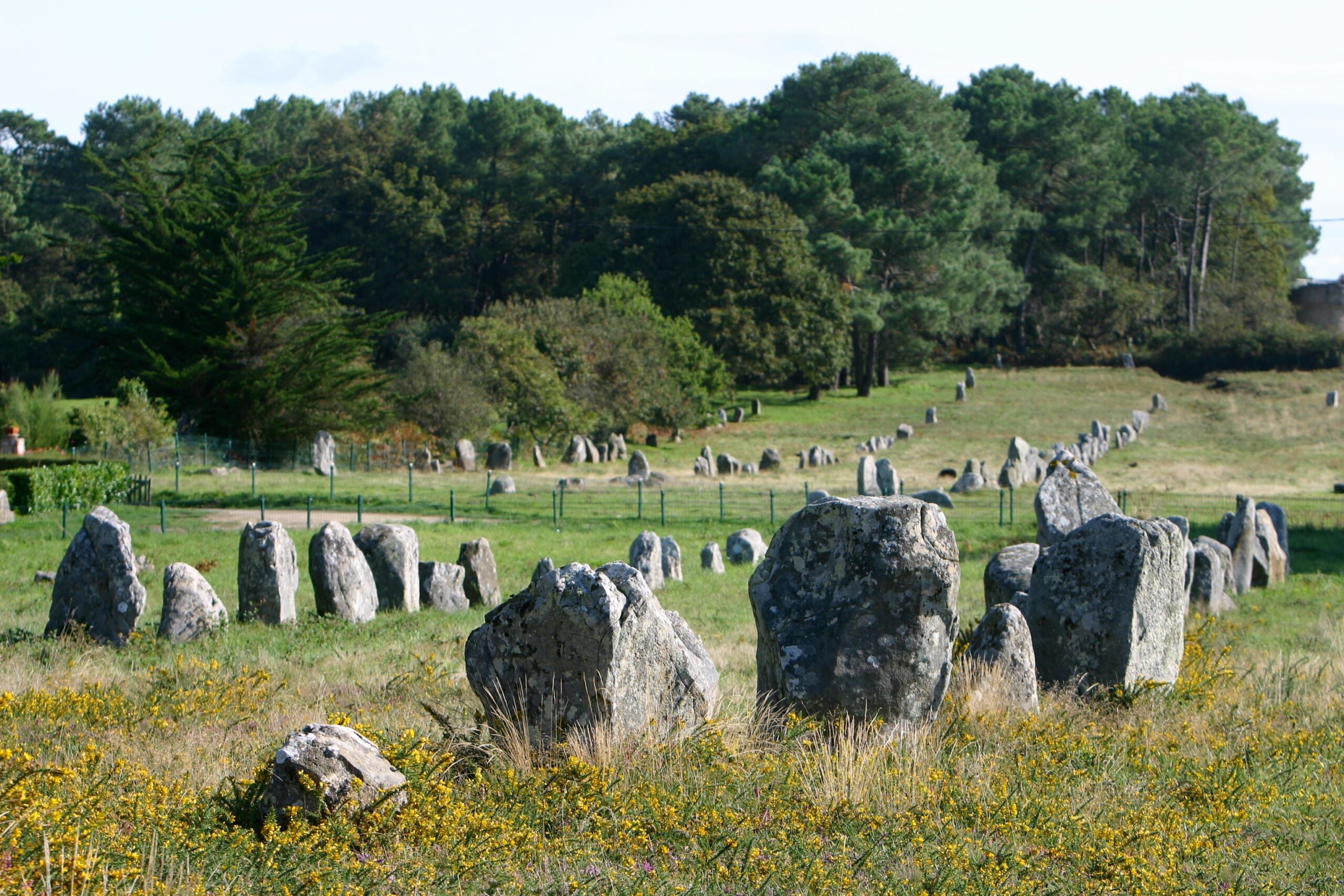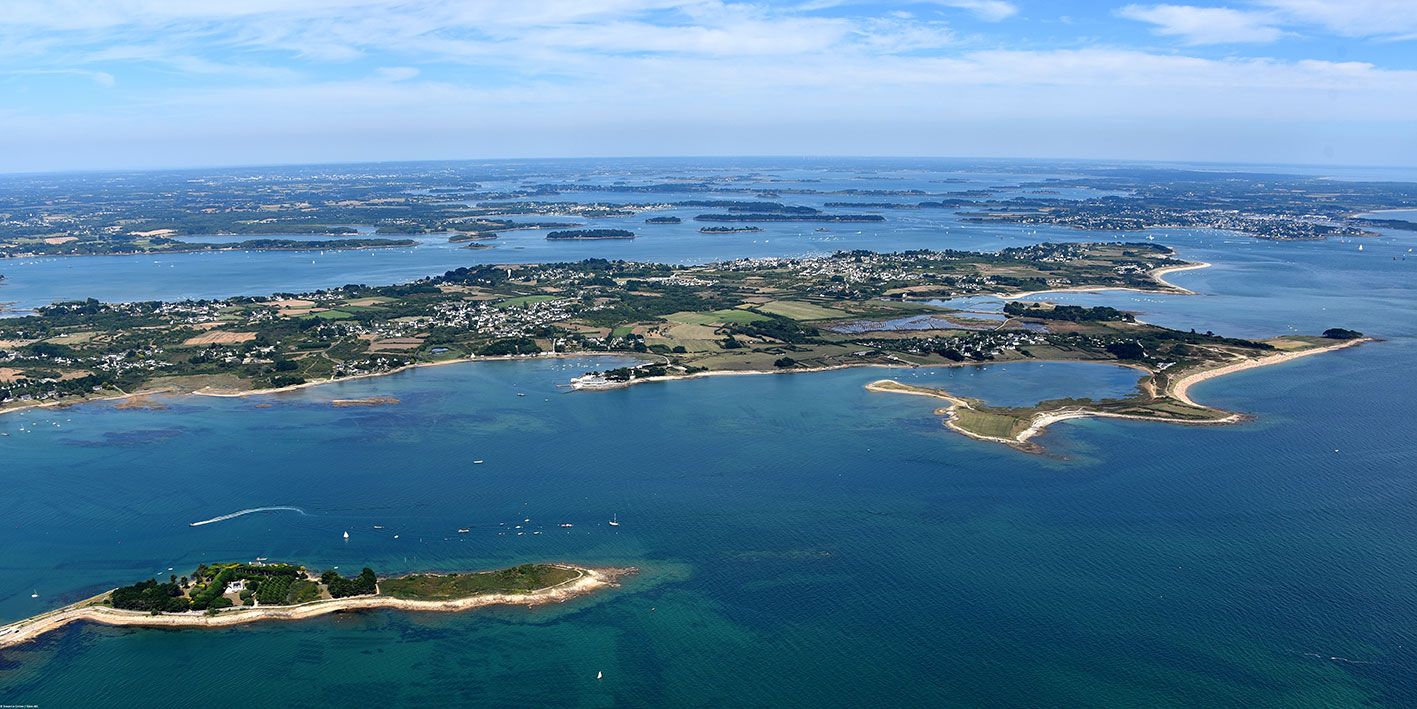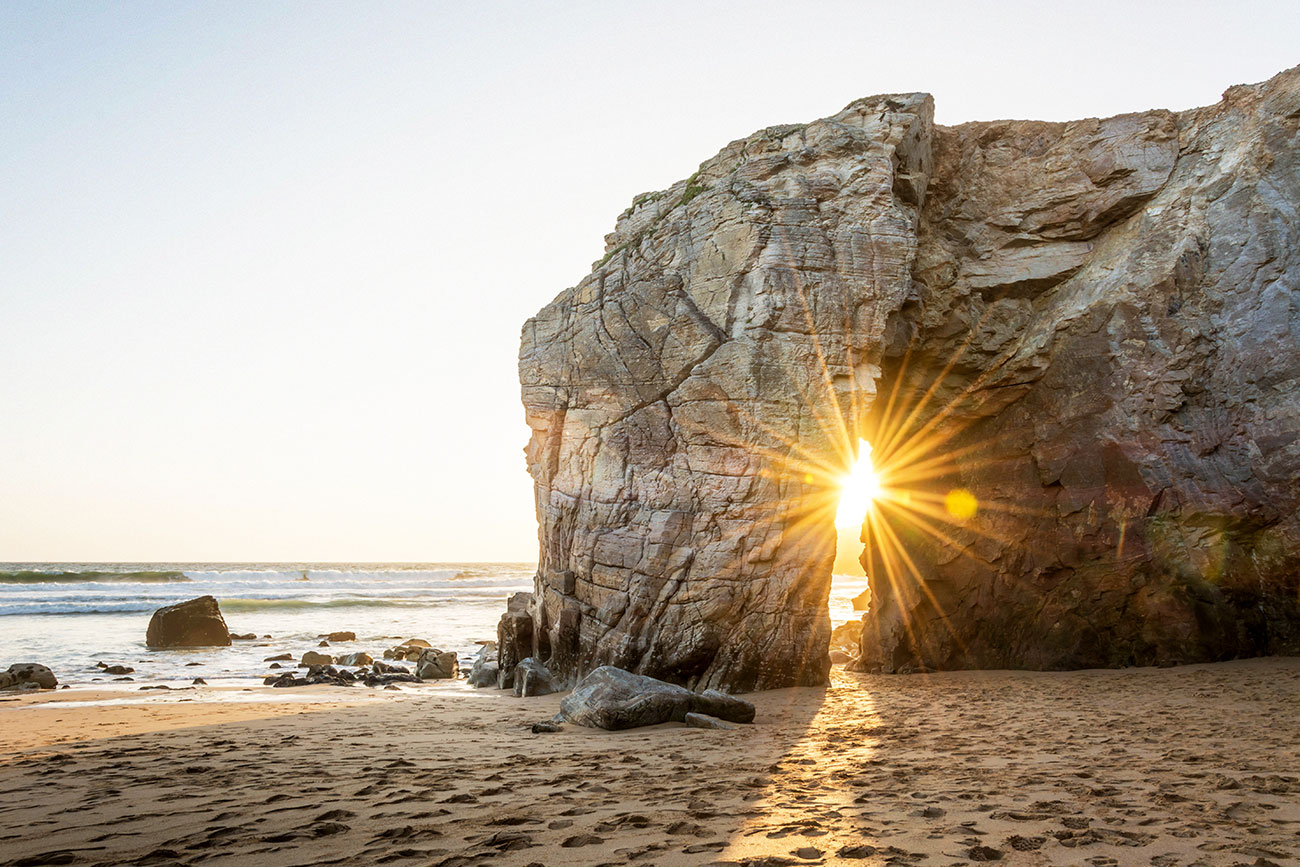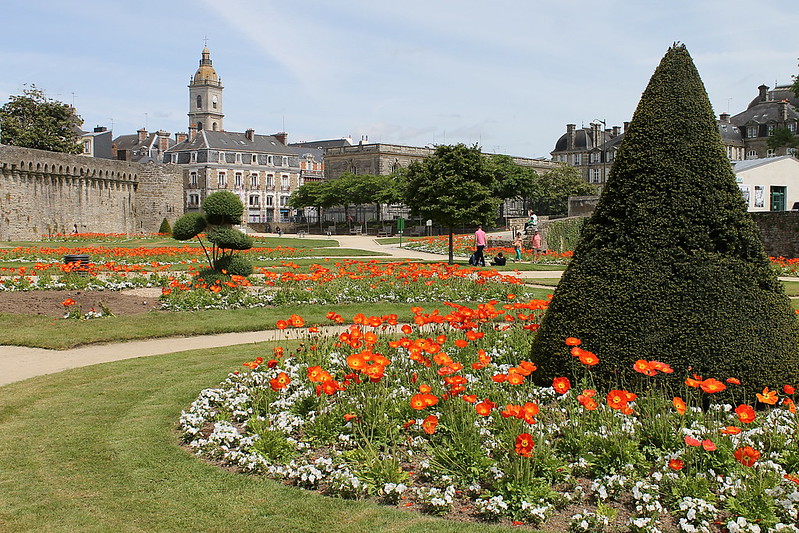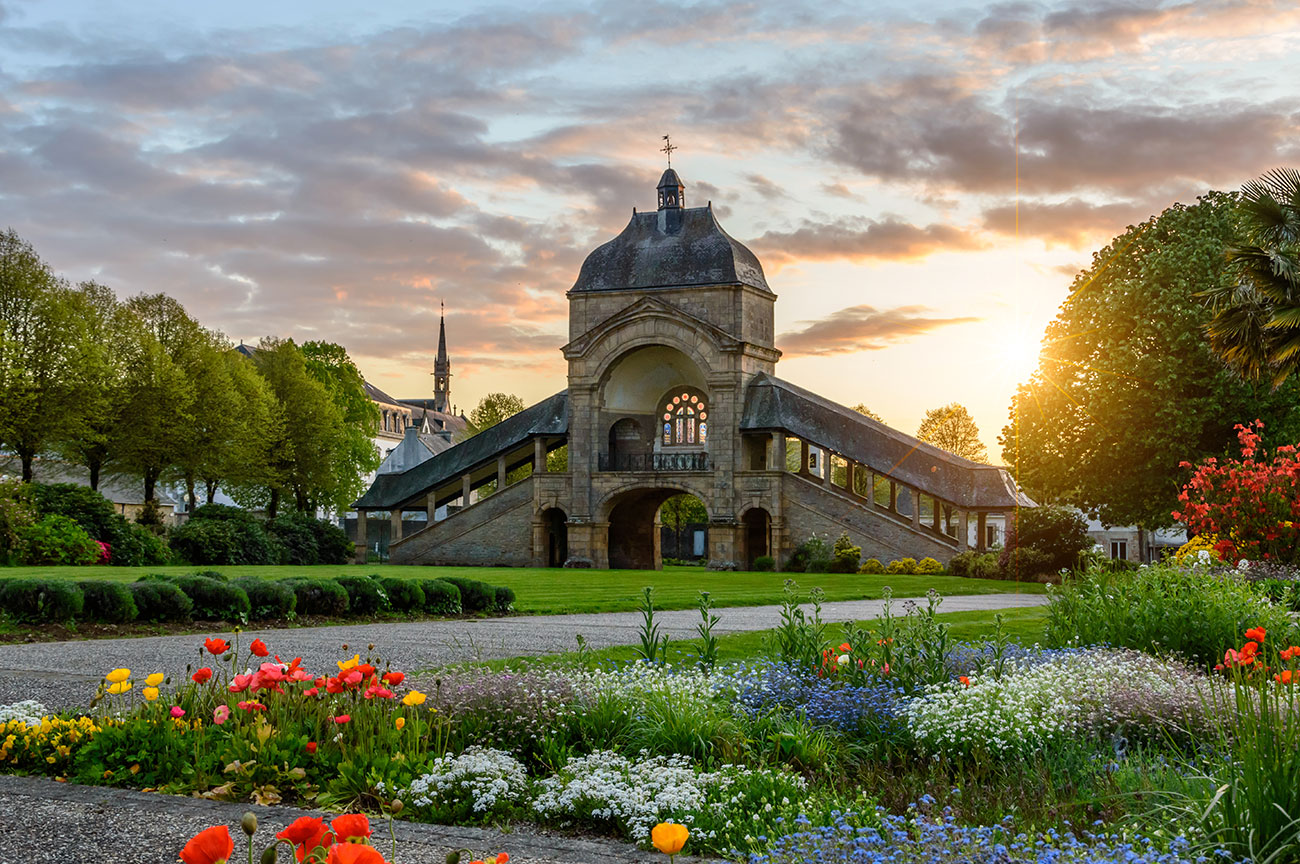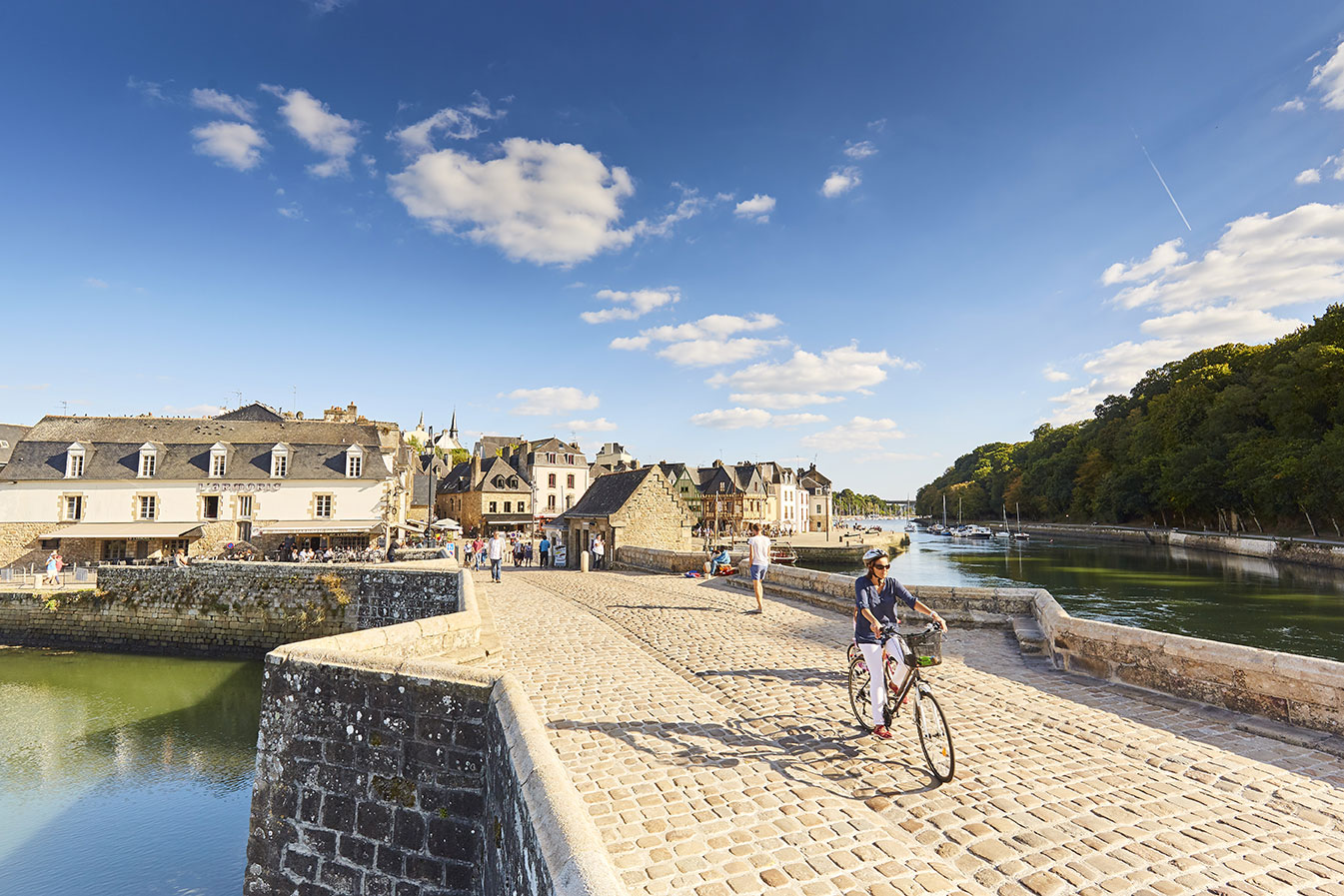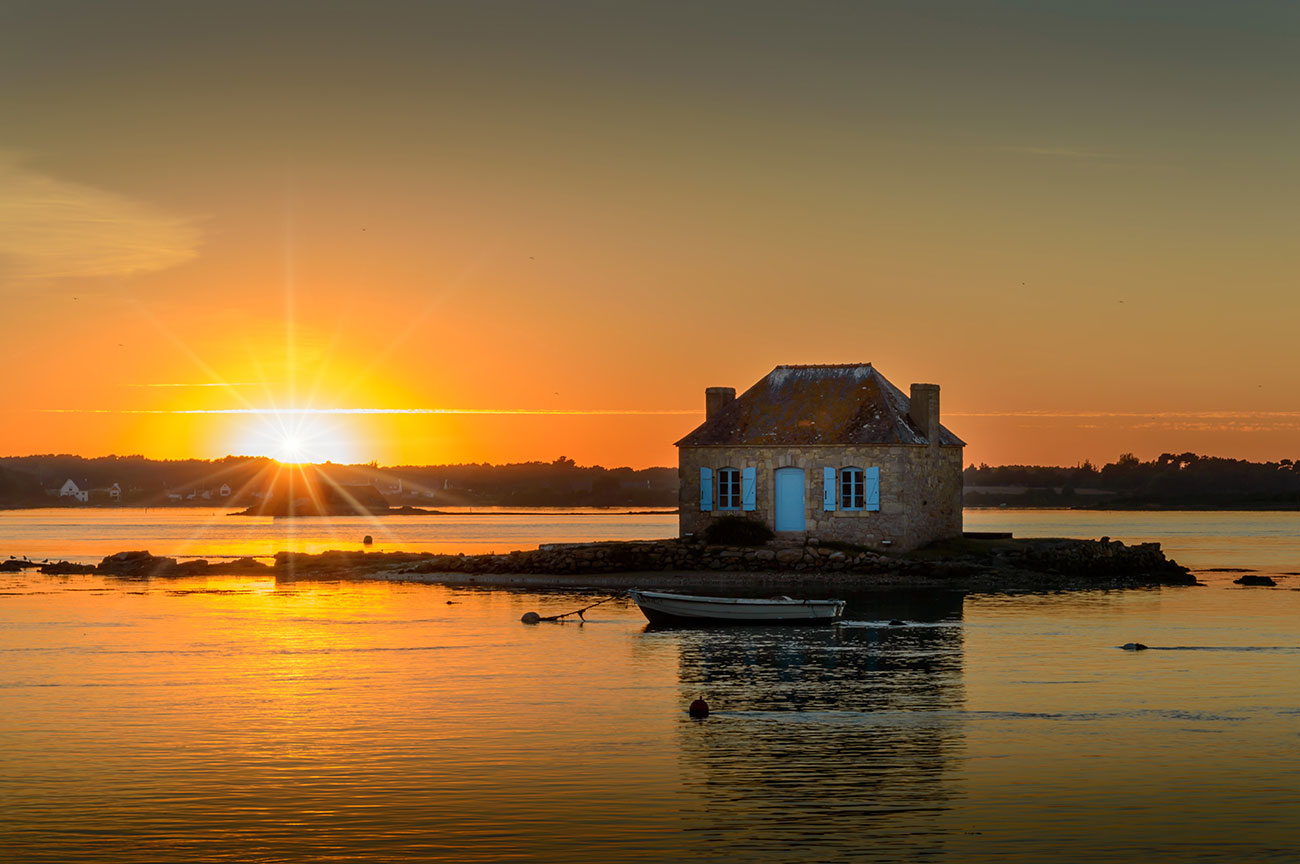12,000 hectares of Atlantic sheltered from the swell in South Brittany, the Gulf of Morbihan is a real small inland sea. A place where the sea, the land, the sky mingle in changing and unusual landscapes. Several millennia ago, Morbihan was covered by the waters of the Atlantic, while the rivers had already dug their beds. This is why the Ocean ventures so far into the heart of the land towards Vannes and Auray via rias, it surrounds the ancient hills in a true archipelago: Ile aux Moines, Ile d’Arz, Ile de Gavrinis, countless islands and islets, rocky or wooded, sometimes carrying a fishing hamlet or simply flocks of birds. Only a one kilometer wide bottleneck between Port-Navalo en Arzon and Locmariaquer separates the “Mor-Bihan” from the ocean.
Little paradise for walkers and nature lovers.
The southern contour of the gulf forms the Rhuys peninsula. This territory is dotted with typical villages (Arzon, Sarzeau, etc.), indented ports (Le Crouesty, le Logeo, etc.), manor houses and castles (Kerguet, Suscinio, etc.). A summary of generous Brittany, against the backdrop of a small inland sea.
Port-Navalo closes this gulf and presents itself as a charming little seaside resort, with its sandy cove.
In terms of heritage, the Gulf of Morbihan has assets to showcase.
Visit the castles of Kerlévenan and Suscinio : the first surprisingly resembles the Petit Trianon of Versailles; the second embodies the power of the Dukes of Brittany, whose favorite residence it was.
Photo : E LeCornec

